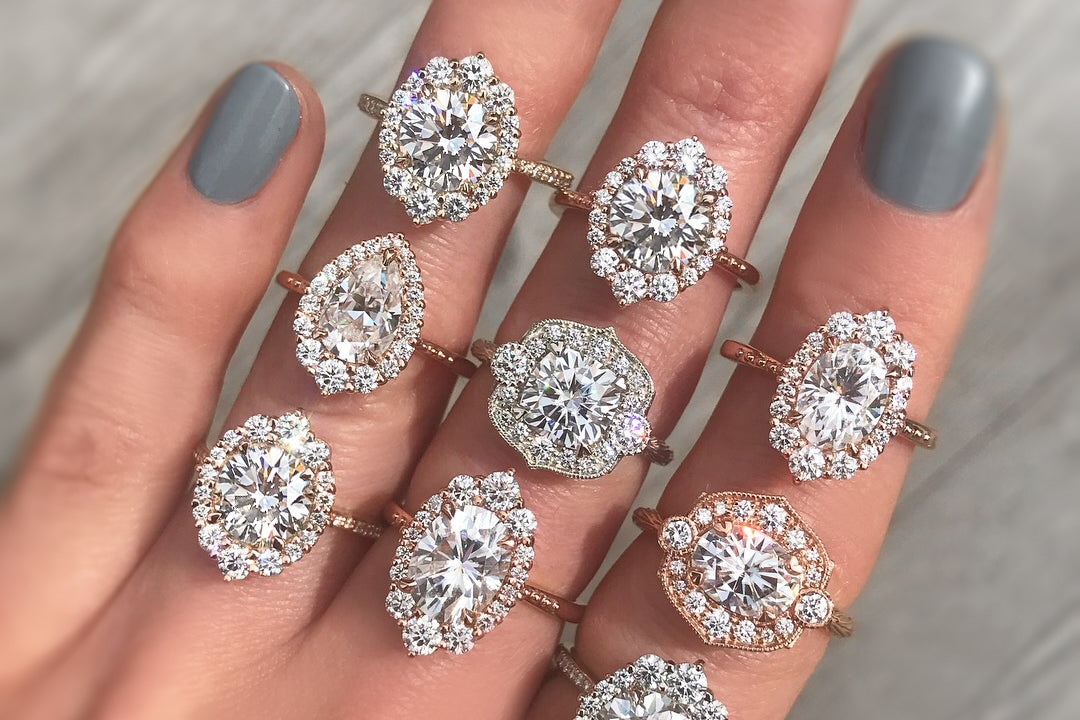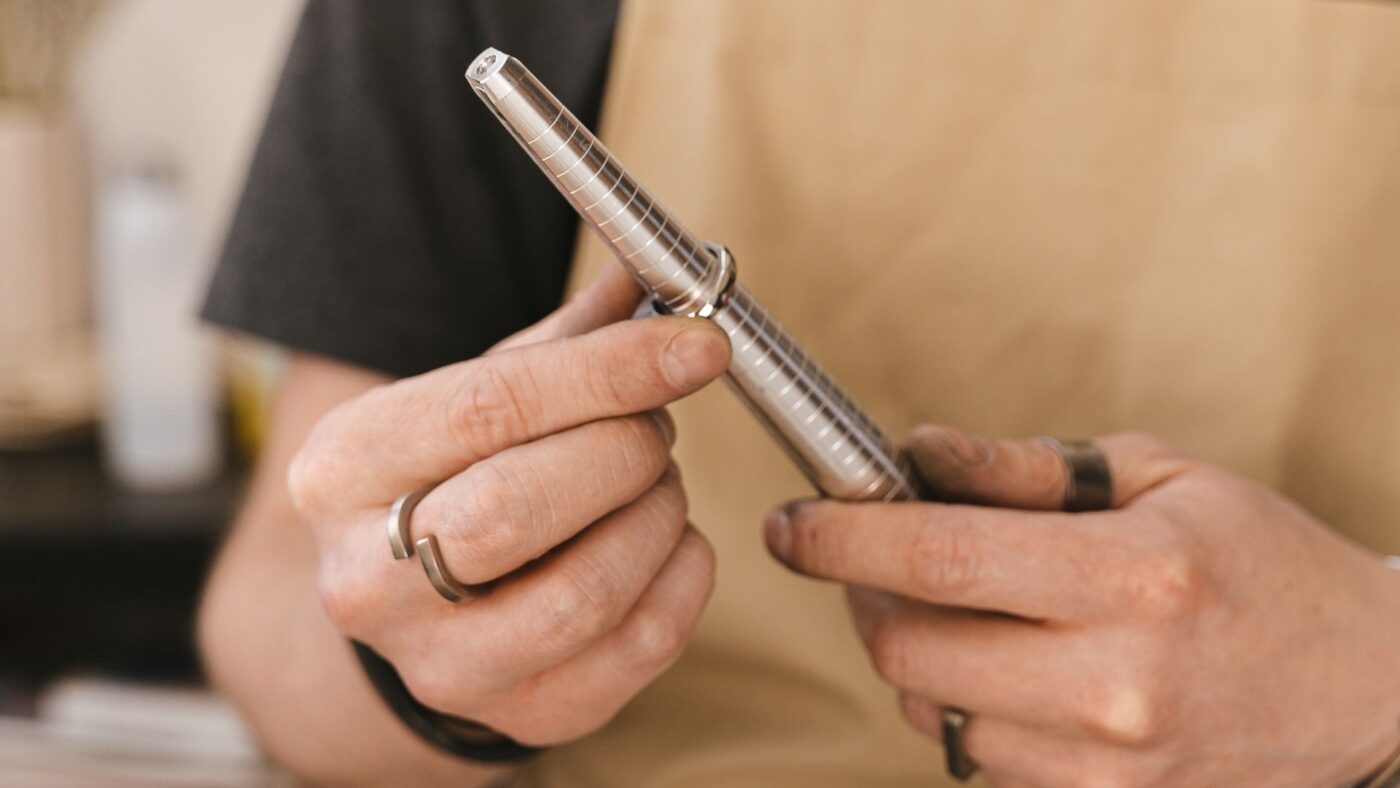Finding the perfect ring is an exciting moment, whether it’s for a special occasion or as a symbol of everlasting love. However, ensuring that the ring fits comfortably is essential for both comfort and style. That’s where a ring size chart comes in handy. In this comprehensive guide, we’ll explore everything you need to know about ring sizes, from how to measure your finger to interpreting the numbers on a ring size chart.
Understanding Ring Sizes:
Ring sizes are standardized measurements used to determine the circumference or diameter of a finger. These measurements are typically expressed in millimeters or using a numerical scale. The most common ring size scale used in the United States ranges from size 3 to size 13 for adults, with half sizes also available to accommodate different finger shapes and preferences.
Measuring Your Finger:
Before consulting a ring size chart, it’s crucial to accurately measure your finger to ensure a proper fit. You can do this easily at home using a few simple tools:
- Paper Strip Method: Cut a thin strip of paper and wrap it around the base of your finger. Mark where the paper overlaps and measure the length with a ruler. This measurement corresponds to the circumference of your finger, which you can then compare to a ring size chart.
- Ring Sizing Tool: Many jewelry stores offer free ring sizing tools that you can use to determine your ring size accurately. Simply slide the tool onto your finger until it fits comfortably, and note the size indicated.
Interpreting a Ring Size Chart:
Once you have your finger measurement, you can use a ring size chart to find your corresponding ring size. These charts typically list sizes in both numerical and millimeter measurements, making it easy to find the right fit. Keep in mind that ring sizes may vary slightly between different countries and manufacturers, so it’s essential to consult the specific chart provided by the jeweler or retailer.
Choosing the Right Size:
When selecting a ring size, it’s essential to consider factors such as the width of the band and personal comfort preferences. Thicker bands may require a slightly larger size to fit comfortably, while thinner bands may feel more secure with a snugger fit. Additionally, factors such as temperature and time of day can affect finger size, so it’s best to measure your finger when it’s at its average size.
Ensuring a Comfortable Fit:
A well-fitting ring should slide onto your finger easily but not feel too loose or tight. It should sit securely without sliding around but also allow room for movement and circulation. If you’re between sizes, lab made diamonds, it’s generally best to opt for the larger size to ensure comfort, especially for rings that you plan to wear regularly.
Conclusion:
In conclusion, a ring size chart is a valuable tool for ensuring that your ring fits perfectly, whether you’re shopping for yourself or a loved one. By understanding how to measure your finger and interpret the numbers on a ring size chart, you can confidently select the right size for any occasion. Remember to consider factors such as band width and personal comfort preferences to ensure a comfortable and stylish fit.
So next time you’re shopping for a ring, don’t forget to consult a ring size chart to make sure you get the perfect fit!


